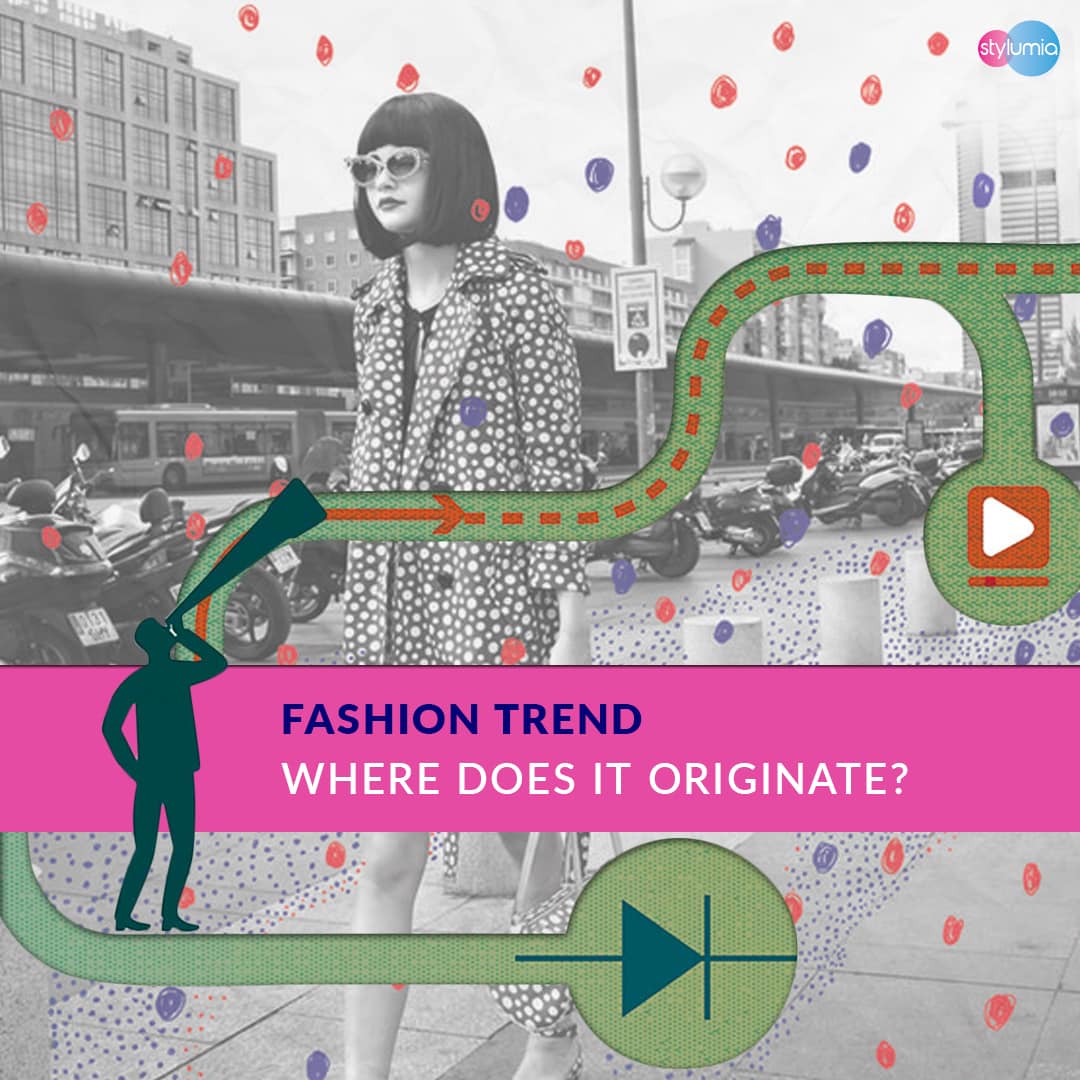Fashion Waves: Perspective From London Visit

In the ocean, waves are commonly caused by the wind as it blows across its surface. Fashion waves are created by the winds of change.

You can’t stop the waves, but you can learn to surf
Jon Kabat Zinn
I have always been intrigued by the question “Where does a fashion trend originate?“. There can be various perspectives on this. It all starts with some inspiration which can be different things to different people. Another way is to take a point in time and see what is happening and go digging a bit deeper to get some perspectives.
On my trip to London last week, as I walked through the high streets, I was scanning through the stores and their displays, observing the patterns.
Looking back in time using the data we have and checking if there is a pattern across what is in store now for Spring 2018 and the past trends.
Here is my observation
“Fast Fashion brands and retailers are ahead of High Street brands by two seasons (6 months)”
How did I arrive at this?
Data from the Stylumia platform indicated the arrival of mustard in winning products from fast-fashion retailers, six months back.


Similar observations across peach pink and polka dots




I could spot similar trends across other attributes like floral, studs, types of denim and red.
Luxury is no exception too.
It is now prudent to look at “Where are we spotting winds of fashion?“. The waves are a result of wind and its speed. While someone may spot earlier, it is the speed of execution that impact when consumers get to see the waves. The sheer speed and magnitude of experiments (number of styles) the fast fashion brands and retailers implement, ensures they have a higher probability of getting relevant fashion waves to the consumers. This is not to take away from high street and luxury innovations. Numbers tilt the game in favor of those who experiment more.
We can take some insight from the world of technology here. Learning products with quick experiments have taken over the market share from those of fixed long-lead-time ones in the last few years.



